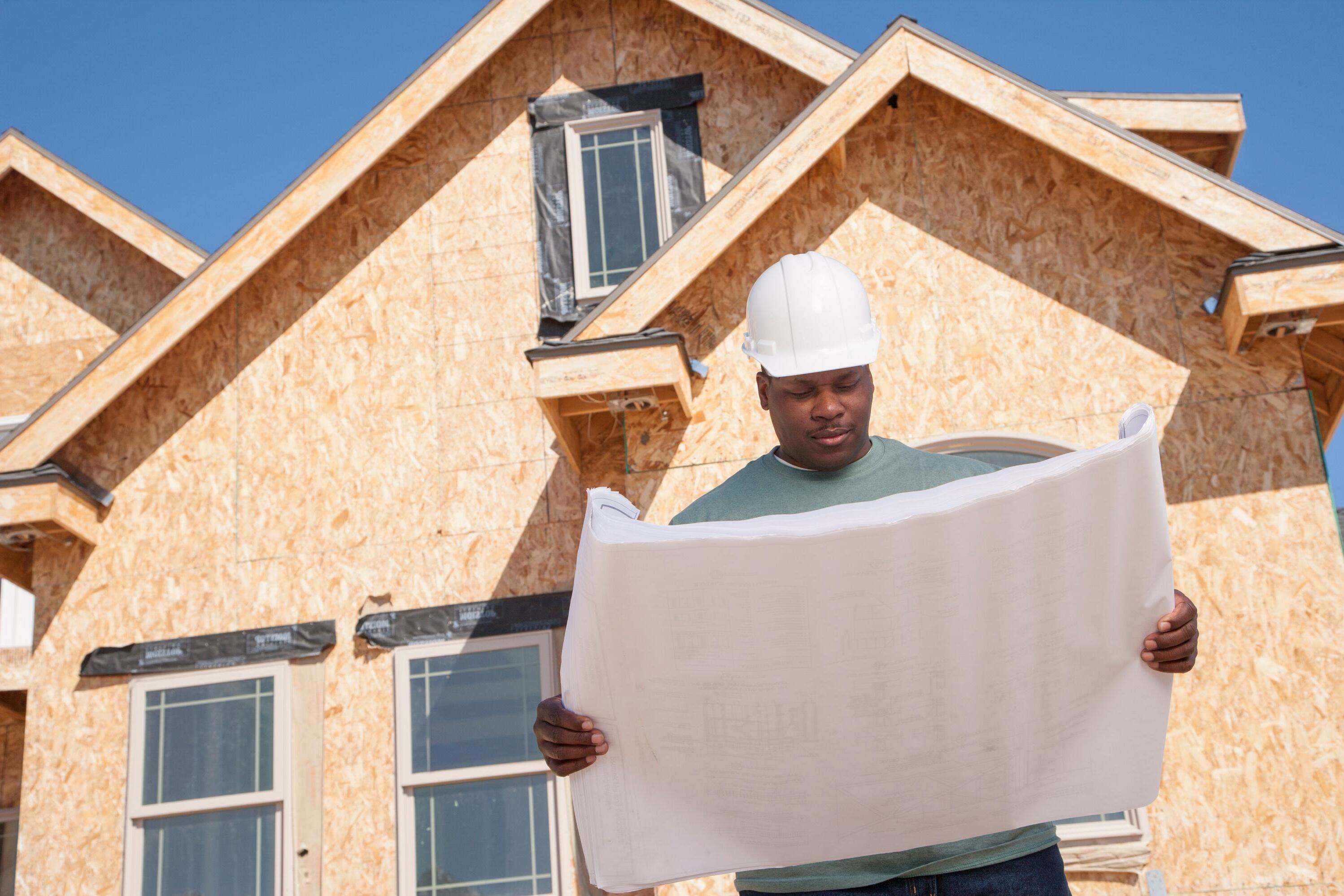
2 minute read
BUILDER R E P O R T
THE U.S. HOUSING MARKET IS SHORT 6.5 MILLION HOMES
The United States is not building enough homes to account for the number of people setting up their own households. As a result, there is a sizable shortage of new homes after more than a decade of under-building relative to population growth, according to a new analysis from Realtor.com .
Advertisement
In the decade between 2012 and 2022, 15 6 million households were formed
During the same time period, 13.3 million housing units were started, and 11.9 million were completed. This includes 9 03 million single-family homes and 4 2 million multi-family homes. Of those, only 8.5 million singlefamily homes and 3.4 million multifamily homes are completed.
In the second half of 2021, single-family homes were being both started and completed at the fastest pace in the last decade The first part of 2022 continued the previous year's trend until mid-year, when mortgage rates surged as part of the Federal Reserve's historic campaign to rein in inflation
The rate of overall housing starts slowed in 2022 while completions climbed. In 2022, roughly 1 million single-family homes were started, which is 10.6% fewer than in 2021, though still more than in any other single year back to 2012 "While that brings greater supply to the market, most of it will be used for rentals and won't address ongoing affordability challenges in the forsale space," said Hannah Jones, economic data analyst at Realtor com this led builders to pivot to the multifamily market, which is dominated by rentals Nearly all 95% of multifamily units started through the first three quarters of 2022 were intended to be used as rentals. Despite this boost in multi-family building, a supply gap persists
Multi-family housing can ease ongoing housing affordability challenges by providing more supply for renters But while a single-family home typically takes 7 months to complete, multi-family housing takes a lot longer, at 15 months, so it will take more time for those units to come to market.
According to the analysis, multi-family properties made up, on average, 32% of housing starts between 2012 and 2021, but grew to 35% in 2022 as mortgage rates spiked and prices in the purchase market led to a pullback in demand for singlefamily homes.


But in 2022, the United States saw the highest level of yearly household formations in the last decade, with 2 06 million new households, outpacing housing starts The gap between single-family housing starts and household formations grew from 5 5 million at the end of 2021 to 6 5 million at the end of 2022 as household formations rose and single-family home construction dropped
If building and household formation were to continue at their current pace growing household formation combined with slowing housing starts the gap would never close. Closing the total housing gap requires an increase in both single-family and multi-family supply to help return balance to the housing market by taking pressure off both sale and rent prices, the analysis found
Top 10 Reasons To Use The Builder Trade In Program
Discover 34 Ways to Increase Traffic
Unlock the Secrets to Internet Leads and Conversion
Learn the 5-Step Program for Preventing Cancellations
Explore New Home Ambassador Realtor Brokerage Training

Nationwide Referral Network of New Construction Specialists
National Guaranteed Sale Program - "Buy Now... Sell Later"
Lease Satisfaction for Renters

Lease Option - Wealth Building i-Buyer Protection Plan - Nationwide America's Leading Home Selling Program

Life Event Triggers
Life events cause people to move. The 6 life-event triggers are: diapers, death, diamonds, divorce, diplomas and downsizing.
Concierge Services: Save time and money by using our Concierge services to connect your client's utilities and home services when they move.
Homeowner Discounts: Deliver valuable offers and discounts on the products and home services your clients need precisely when they need them. And much more!

